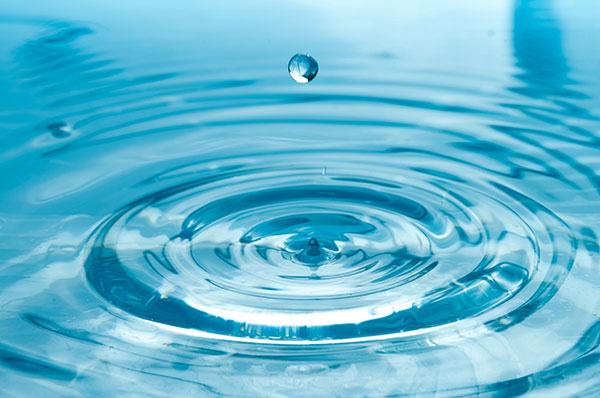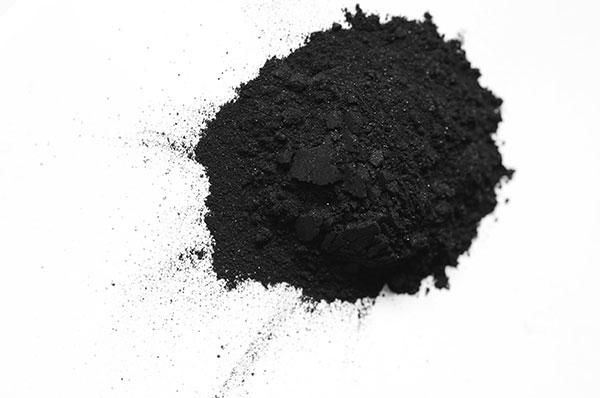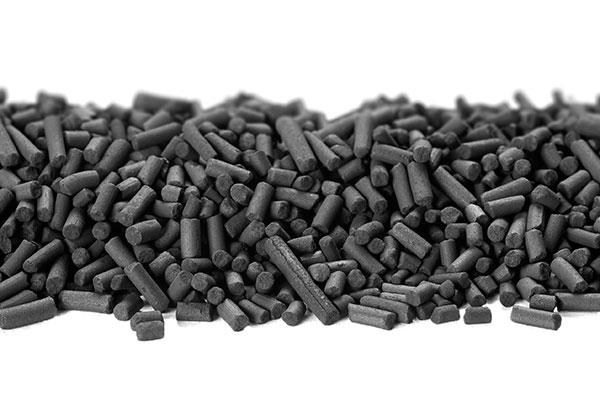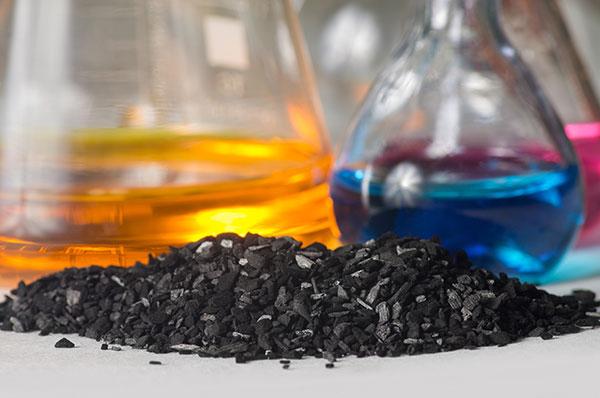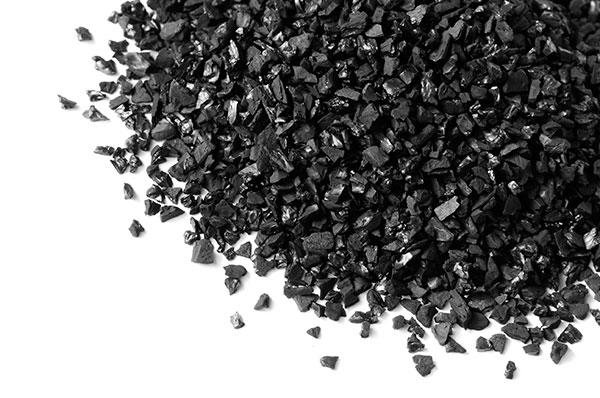Activated carbon
What is activated carbon?
Activated carbon is a porous carbon material with a high surface area value. The process of making activated carbon out of non-porous input materials containing crystalline or amorphous carbon is referred to as “activation”. Activation at temperatures between 800 to 900 °C produces multiple pores of different sizes through a reaction between the activating agent and the amorphous carbon. Typical input materials used in this process include hard coal, coconut shells and wood. The specifics of the chosen input material and the activation technology used result in a variety of pore structures and mechanical properties, each suitable for a different application. Activated carbon has a wide range of applications in a number of industries thanks to its extraordinary capacity to bind to its surface various substances and thereby remove them from liquids and gases.
Adsorption
“Adsorption” is the technical term describing the process of trapping substances on the surface of a solid agent – the sorbent. The trapping occurs mainly due to the interaction between the molecules of the adsorbed substance with the surface of activated carbon thanks to a process known as van der Waals forces. Since activated carbon has a large surface area, it is very good at adsorbing undesirable substances from gases and liquids.
Basic types of activated carbon
